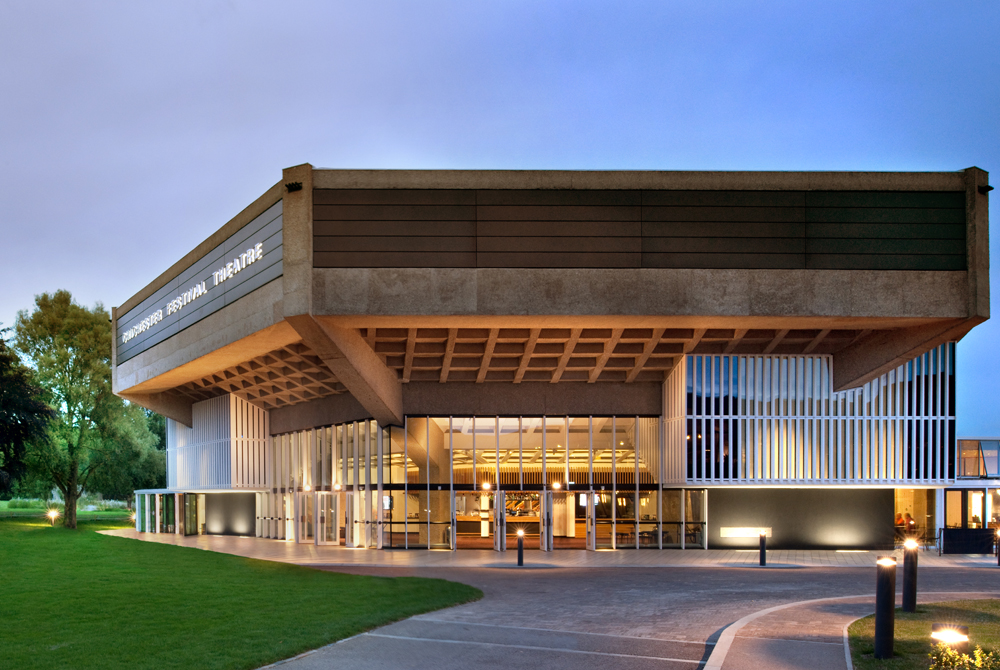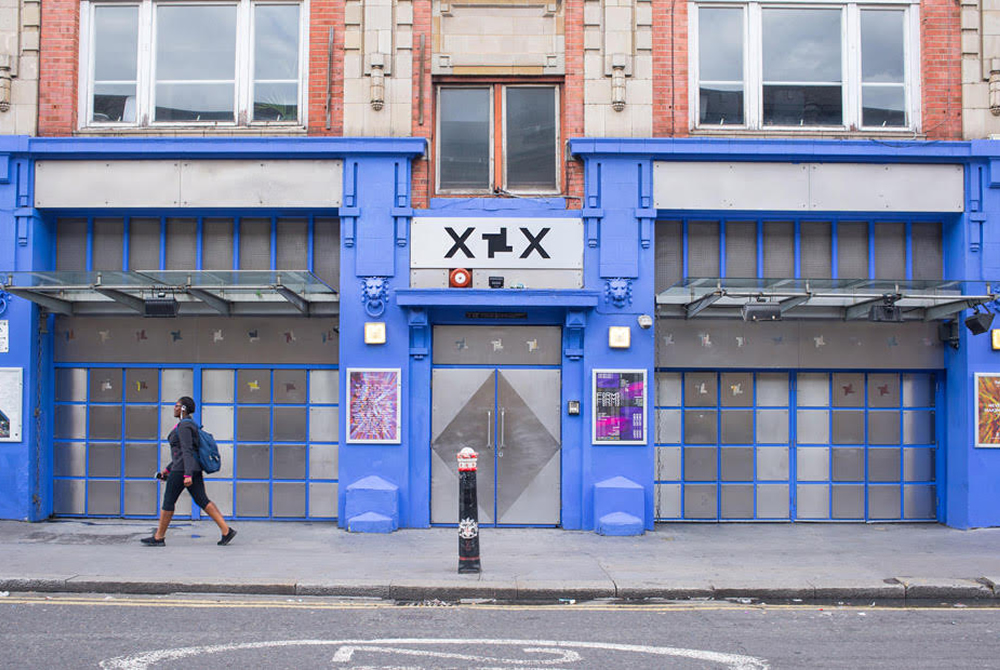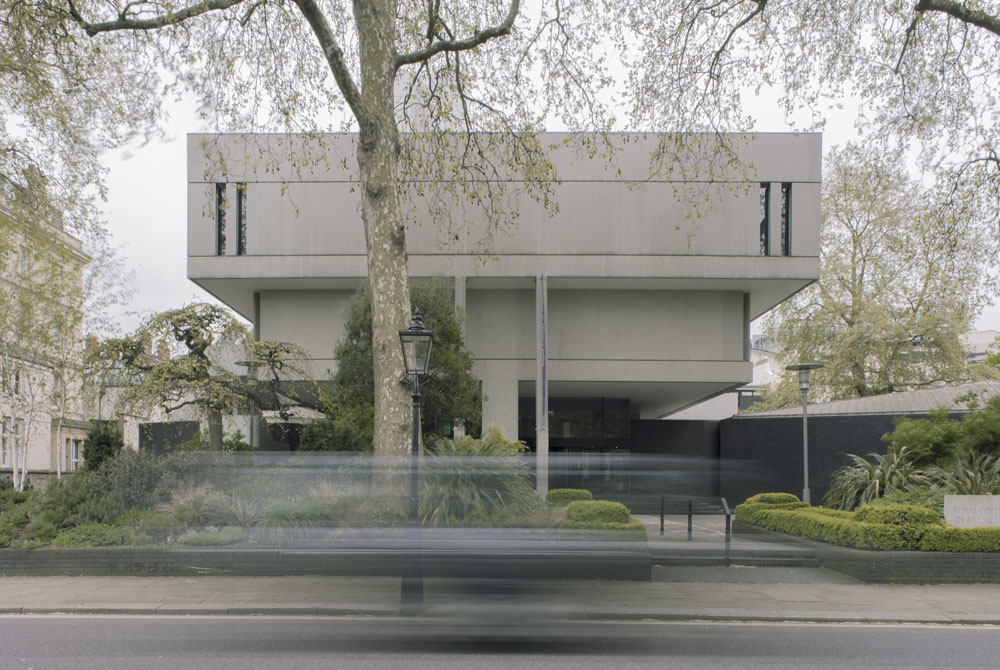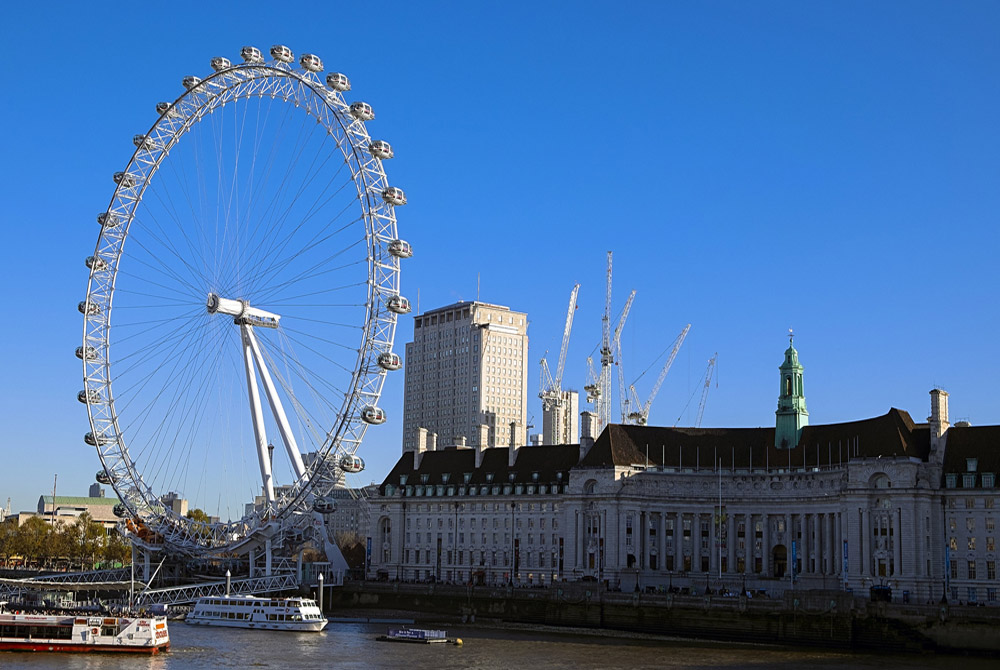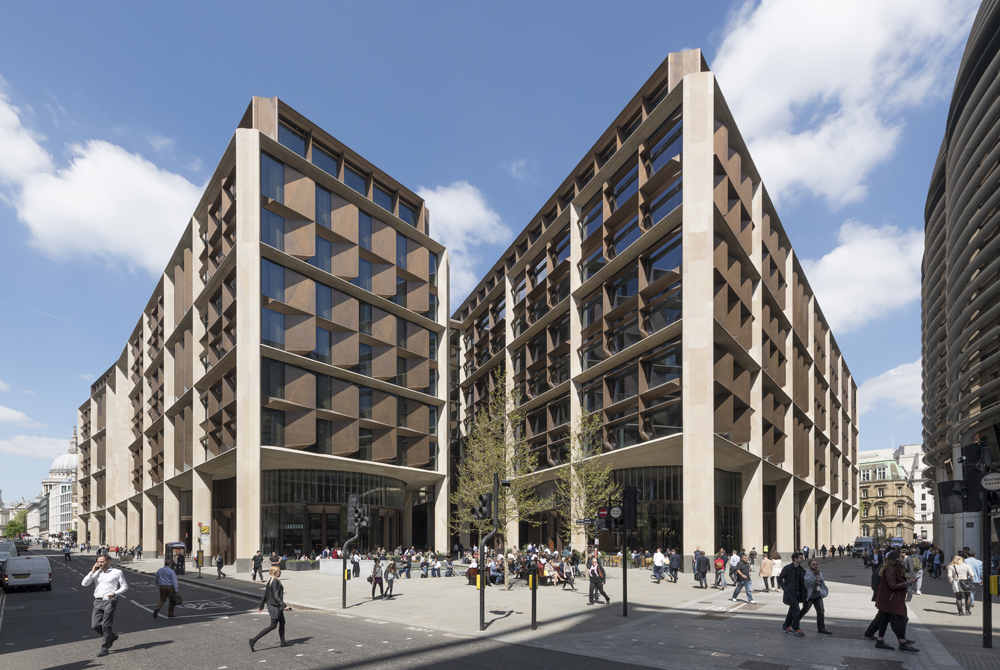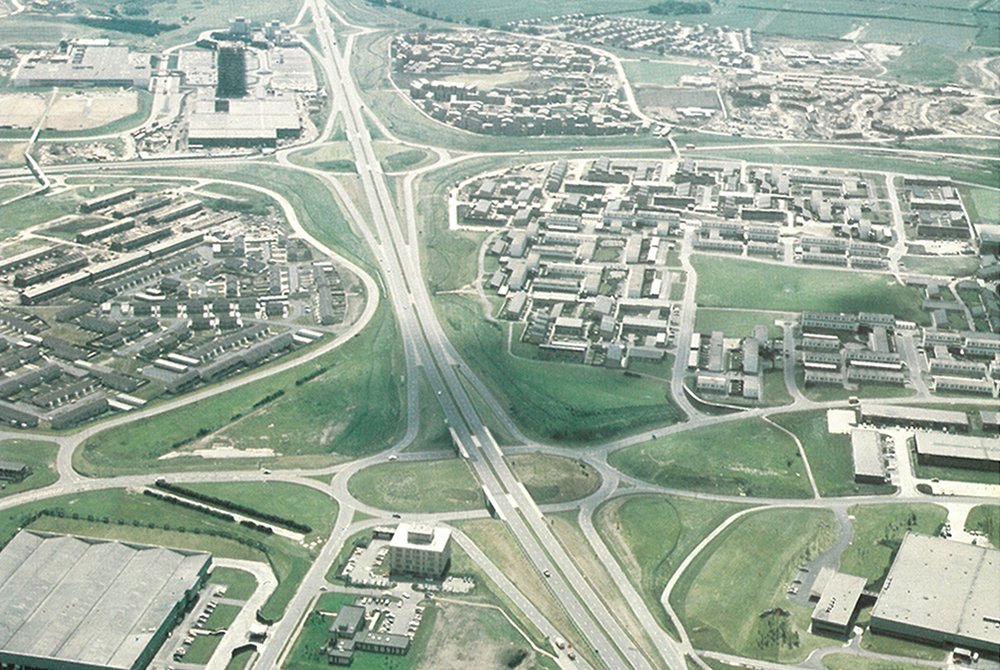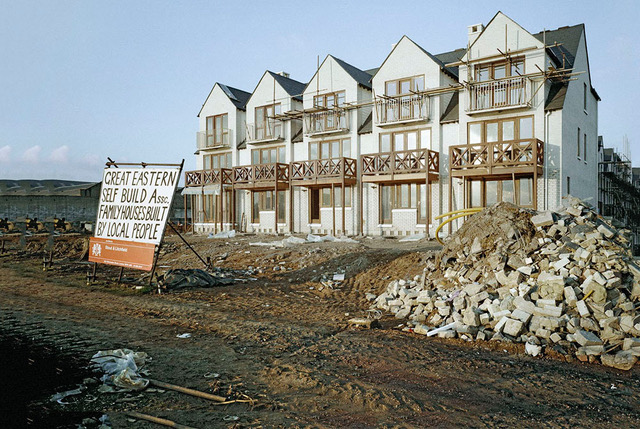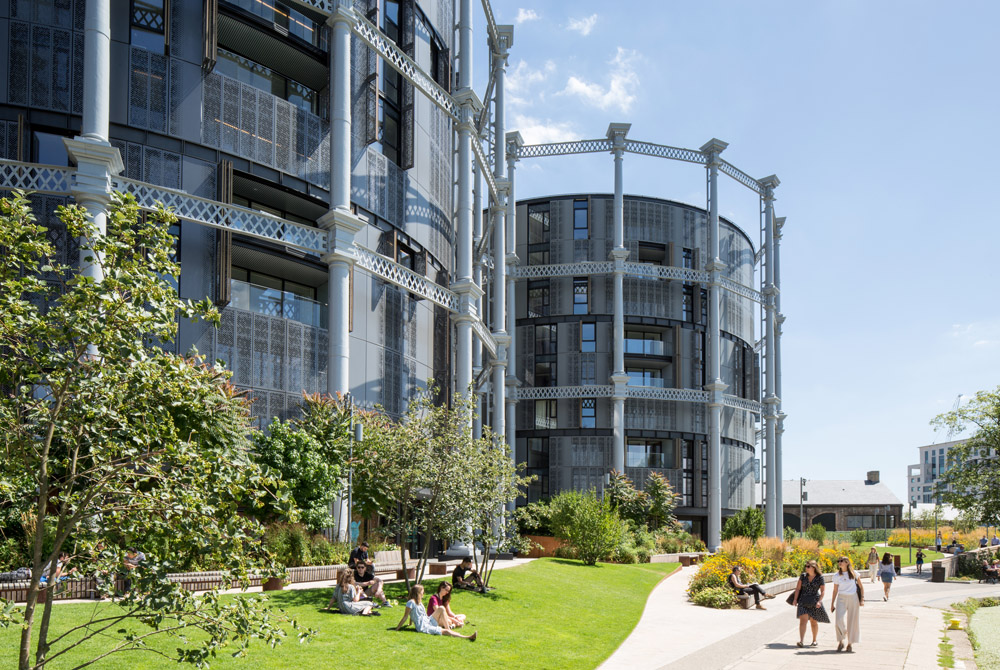...they have become a fundamental part of our built landscape, as integral to this country’s visual identity as a London bus, or a letter box. They are beloved.
The K6 wasn’t the first phone box, as its number implies. Before it, there was the creamy white K1 in 1921. Then Ks 2-6, variations on a theme – some too big, others too expensive. The K4 was an unwieldy miniature post office which took up half the pavement. The K5 – a slim, plywood box – was a temporary creation; not a single one survives.
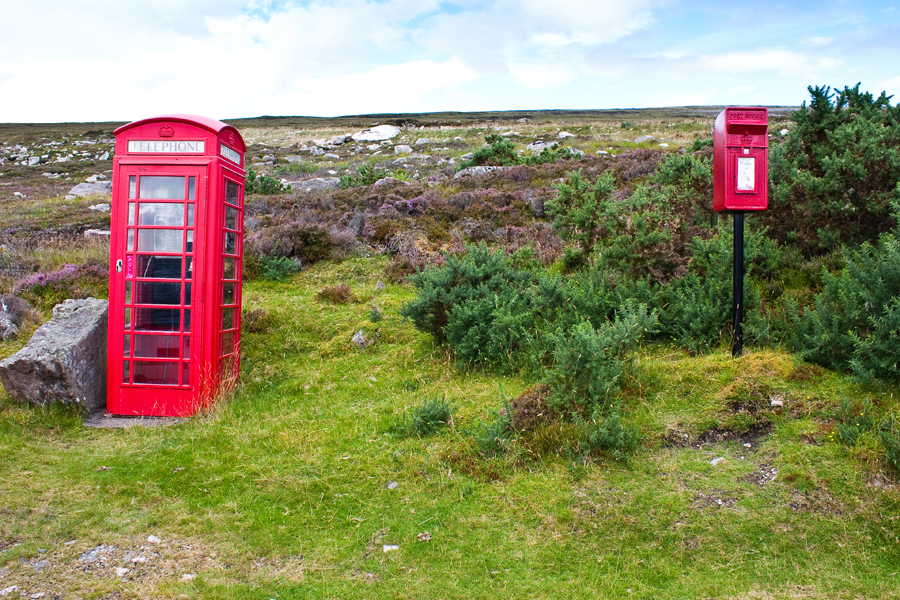 The red phone box conveniently sited near a red letter box.
The red phone box conveniently sited near a red letter box.
But the K6 was a different beast. The K6 is what we mean when we talk about phone boxes. It’s what we see in our mind’s eye: brilliant, unignorably red, made of cast iron on a concrete base, a teak door decorated with a crown and a distinctive domed roof said to be modelled on Sir John Soanes’ family vault in St Pancras Churchyard. Its designer, Sir Giles Gilbert Scott, had already designed an earlier box, the K2, and was commissioned to make another one in 1935 to celebrate King George’s Silver Jubilee. By 1960, around 60,000 K6s were scattered around the country on street corners, village greens, in a vivid row next to a station. The box had established itself on the streets of Britain with the ubiquity of a colonising army. That shameless blast of red was everywhere you looked.
 Redundant phone boxes have been adopted for a variety of uses - here showing off a wonderful floral display
Redundant phone boxes have been adopted for a variety of uses - here showing off a wonderful floral display
Back then, there would be queues outside phone boxes of people waiting to make their calls. The K6 was as much part of daily, public life as the post office and the bus stop. The process could be convoluted: you dialled 0 for the operator and told her – it was always her – what number you wanted to reach. The operator connected your call and you’d press Button A to start talking or Button B to get your money back if no one answered. Kids used to stuff paper up the Button B slot to block it, then come back later, remove the paper and pocket all the spat- out coins.
 A bit like buses, you wait for ages for one to come along and then...
A bit like buses, you wait for ages for one to come along and then...
By the time I was growing up, a teenager in the mid ‘90s just before the arrival of mobile phones, the K6 was a vintage piece, heavily outnumbered by the hard-edged, grey boxes launched in the 1980s. The mid-90s was the phone box peak: there were around 100,000 in total. But once everyone had mobiles, the boxes disappeared quickly, removed by BT.
Now, the vast majority of those that remain on our streets are K6s. The design, iconic as it is, made them endure far longer than the more recent models. Many are now listed by Historic England. Though most don’t work, and are littered with cans and broken glass and in possession of a unique and not usually pleasant smell, they have become a fundamental part of our built landscape, as integral to this country’s visual identity as a London bus or a letter box. They are beloved.
In 2009, BT offered local communities the chance to buy any remaining phone boxes for £1 each. Thousands took up the offer and now many K6s have found new life, as little houses for defibrillators and mini libraries, community larders and plant displays. The real treat, though, is when you find one that still contains a working phone. They’re out there, if you look hard enough. Heave open the door, pick up the handset and you’ll hear the long sonorous tone of a public phone line. It’s an evocative sound, if you’re old enough – a sound that shuttles you back in time to standing, coins in hand, hoping that someone will answer your call.


